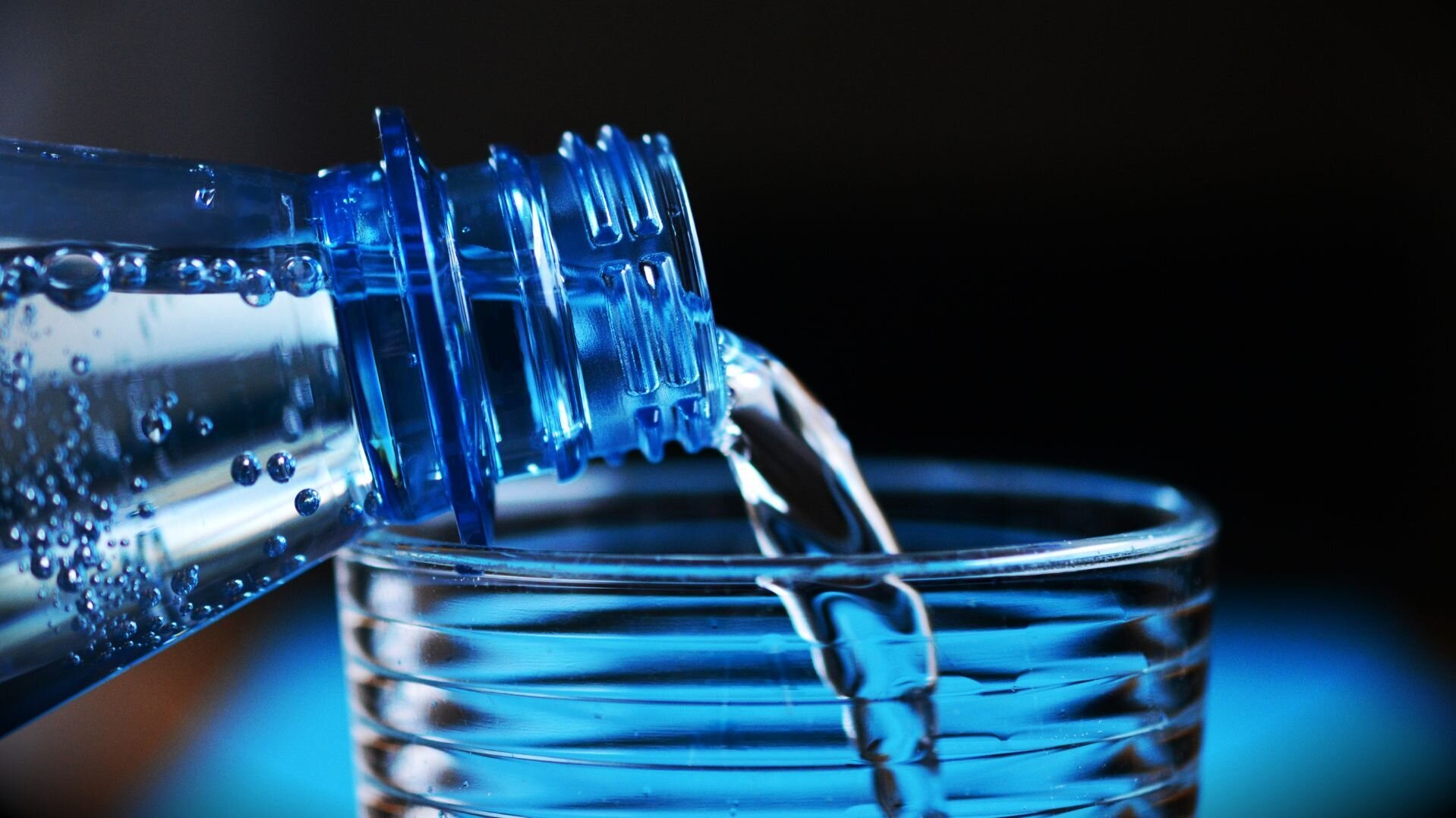One in every three Kenyans lacks access to clean drinking water - Report

Clean drinking water. Courtesy photo
In the wee hours of the morning, Eveline Auma, a mother of six(6) children is up and ready for what the day brings.
She is a fishmonger, living closer to the shores of Lake Victoria, at Obaria Beach in Homa Bay County.
Here, there is plenty of water, but for her and the family, the struggle for water is part of their daily life.
Eveline's three(3) elder children begin their day by fetching water from the lake, located 500 meters from their home. They aim to collect water early, believing it to be cooler and cleaner in the early hours.
However, Eveline and her neighbors have grown increasingly concerned about the deteriorating state of the lake.
"The lake water has changed colour," Eveline said, describing the murky, bluish tint that has overtaken the once-clear waters. A pungent smell now lingers, making the water unusable for drinking or household purposes.
“The water can only be used to irrigate crops, but it’s too dirty and contaminated for cooking, drinking, or washing utensils,” said Millicent Ochieng, a local farmer at Nyagowa Village.
Boiling the water, which used to be a solution, no longer eliminates the foul odour. Worse, some residents have reported skin irritation and a burning sensation after using the lake water for bathing.
The residents have now been forced to buy clean water from available private water-points, or at the shops, to meet their domestic demands.
According to a report by the Centre for Science and Environment (CSE), Kenya faces a national water crisis with a third of its population depending on unsafe water sources, such as ponds, shallow wells, rivers, and lakes, for their drinking water.
Another report by Water.org also states that the financial burden on rural households is disproportionately high compared to urban areas. Rural families spend approximately $38 per month on water, while urban households with piped systems in cities like Nairobi spend only $4.46. This economic strain further exacerbates the challenges faced by rural communities, who often pay more for less reliable water access.
Urban areas, particularly slums and informal settlements, are as well affected by water shortages. Although cities like Nairobi have extensive piped water systems, many connections do not provide a reliable, constant flow of water. As a result, urban dwellers, especially in low-income areas, often rely on private water vendors, significantly increasing their costs.
Wangai Ndirangu, head of capacity-building at WaterCap Kenya, attributes the urban water shortages to rapid urbanization, population growth, and poor planning.
"Nearly 600,000 people move to urban areas each year, overwhelming the infrastructure and leading to excessive water extraction in low- and middle-income areas," he explained.
This growing demand, combined with limited supply, has given rise to water cartels in slums, who control distribution and further exacerbate the crisis for the urban poor.
The United Nations Human Rights Office echoed these concerns in a 2019 assessment of water access in Kenya’s informal settlements. While urban areas generally have better access to water than rural regions, slums face stark inequalities. Water services are unreliable, and private vendors charge significantly higher prices than in wealthier neighborhoods where piped water is available.
According to the World Resources Institute’s Aqueduct Water Risk Atlas, Kenya’s cities are among the most water-stressed in the region. Nairobi and other cities face immense pressure to meet the water demands of their growing populations, threatening the country’s progress toward achieving Sustainable Development Goal 6: universal access to safe and affordable drinking water by 2030.
Addressing Kenya’s water crisis will require significant investment in infrastructure, better water resource management, and targeted efforts to ensure both urban and rural populations have access to clean, affordable water. Without urgent action, the water crisis could deepen, with devastating consequences for public health and economic development.
Kenya, located in the drought-prone Horn of Africa, has hundreds of stalled water harvesting and storage projects valued at over $22 billion. If these projects remain incomplete, the country risks failing to meet several Sustainable Development Goals, including those related to ending hunger, ensuring food security, providing clean drinking water, and delivering clean energy.
